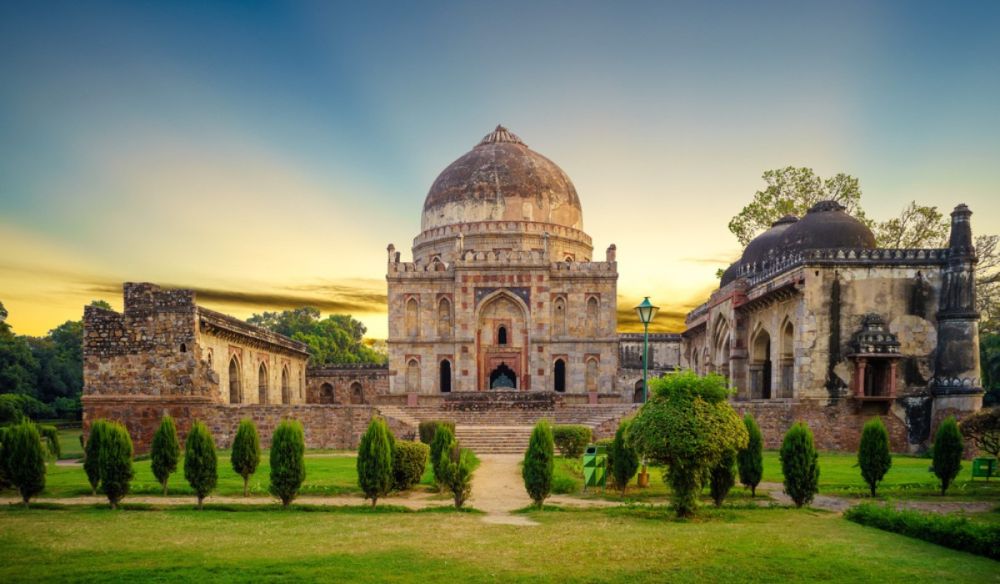

Lodhi Gardens is a serene escape nestled in the heart of Delhi, the vibrant capital city of India. Spanning over 90 acres, this lush green park is dotted with ancient tombs and architectural works from the 15th and 16th centuries. It serves not only as a living repository of India's historical and architectural heritage but also as a popular relaxation and jogging spot for Delhi's residents.
The history of Lodhi Gardens is intertwined with the rise and fall of dynasties that ruled over Delhi. Originally known as the Lady Willingdon Park, it was landscaped by British architect Lutyens in 1936, bearing the name of the then viceroy's wife. Post-Independence, the park was renamed to reflect its link to the Lodhi Dynasty, under whose reign the monuments within the gardens were constructed.
The chief attractions include the majestic tombs of Mohammad Shah, the last ruler of the Sayyid dynasty, and Sikander Lodhi, a notable ruler of the Lodhi dynasty. These monumental structures are prime examples of the architectural style preceding the Mughal era, characterized by their octagonal shape and ornate carvings.
Tourism in Lodhi Gardens has seen a steady increase over the years, appealing to a diverse audience ranging from history buffs and architecture enthusiasts to nature lovers and fitness aficionados. The garden's proximity to other tourist attractions such as Humayun's Tomb and India Gate further complements its appeal as a must-visit destination.
The garden's inclusive appeal and its free entry encourage visitors from all walks of life to explore the natural and historical beauty of the site. The well-maintained lawns, ancient trees, and the presence of a variety of flora and fauna enhance the tranquil atmosphere of the gardens.
Recent trends in tourism at Lodhi Gardens include the growing popularity of heritage walks. These guided tours delve into the rich legacy of the gardens and the stories behind the ancient structures, allowing visitors to gain deeper insights into the historical significance of the place.
Photography enthusiasts and influencers are also drawn to the gardens for its picturesque landscapes and the striking contrast between ancient architecture and the bustling cityscape. Additionally, the local authorities have been organizing yoga sessions and other wellness activities, further blending health and heritage tourism.
In the contemporary era, Lodhi Gardens has embraced environmentally sustainable practices to preserve its historical and ecological integrity. Efforts such as the installation of eco-friendly waste management systems and the prohibition of single-use plastics are examples of such sustainable tourism practices.
Lodhi Gardens continues to stand as a beacon of historical splendor and natural beauty within the urban sprawl of Delhi. It symbolizes the city's ongoing connection with its past while providing a tranquil retreat for its inhabitants and visitors alike. Whether you're a history enthusiast, a lover of nature, or simply seeking a peaceful enclave, Lodhi Gardens offers a timeless experience unlike any other in the heart of India's capital city.